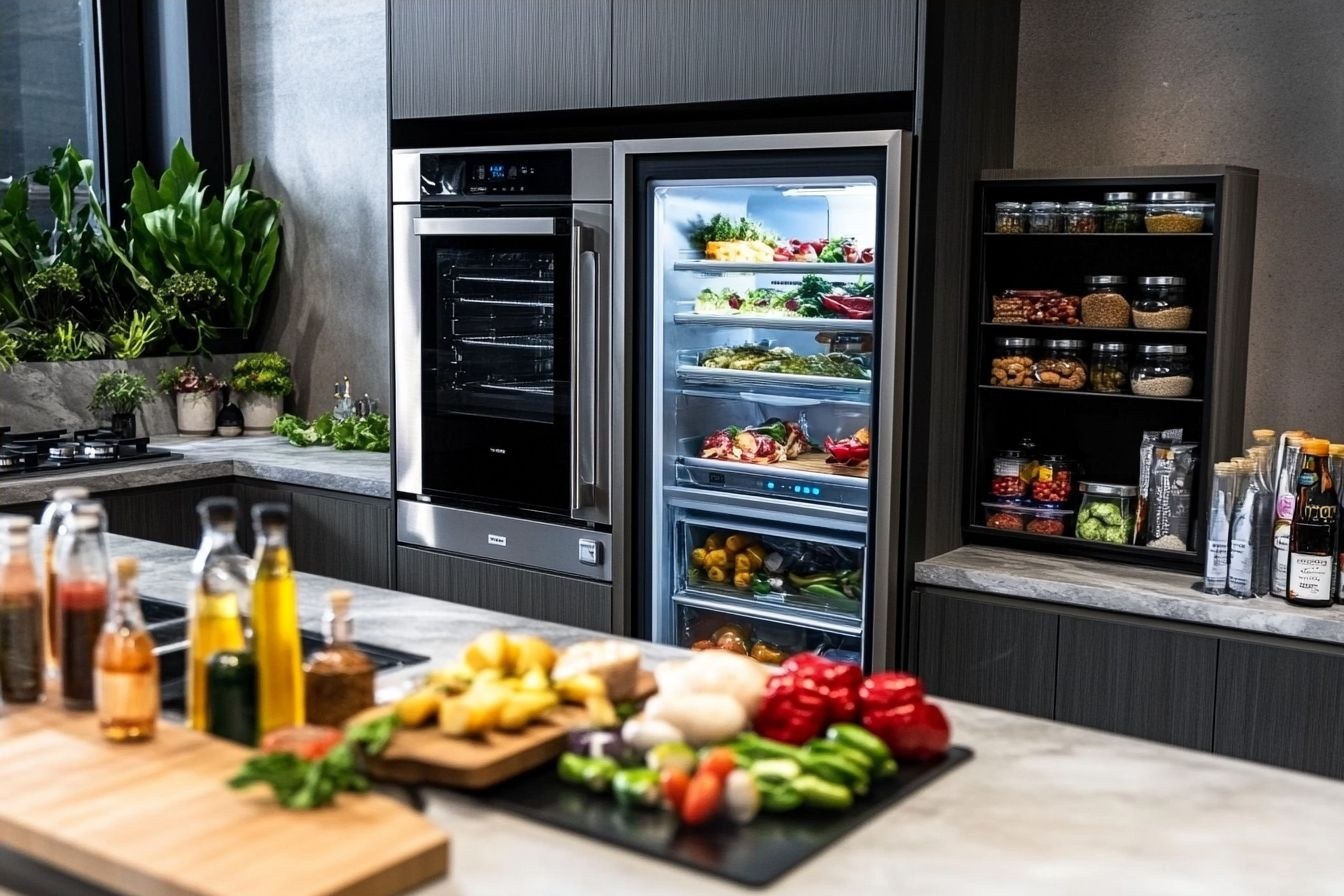Batch cooking methods for efficient family meals
Batch cooking simplifies weeknight routines by turning occasional prep sessions into several days of ready-to-assemble meals. This approach reduces waste, supports consistent nutrition, and makes better use of pantry staples and seasonal produce. The following article explains practical methods, recipes, storage tips, and planning advice for family-friendly batch cooking.

How does batch cooking streamline meal planning?
Batch cooking shifts meal planning from a daily decision into a weekly or biweekly system. Set aside time to choose simple recipes that reuse base components—grains, a cooked protein, roasted vegetables, and a few sauces—and then map those components to several meals. Label containers with dates and suggested pairings to simplify assembly when time is short. This planning reduces daily prep, helps control portion sizes, and makes it easier to incorporate snacks and beverages into predictable routines for children and adults alike.
What recipes suit batch cooking?
Select recipes that scale well and maintain texture after refrigeration or freezing. Soups, stews, casseroles, grain bowls, and slow-cooker dishes are reliable options. Build a repertoire of adaptable recipes: a pot of cooked beans can become soups, salads, or blended dips; roasted vegetables may appear over grains, in omelets, or in sandwiches. Include a few snack and beverage recipes—such as baked snack bars, infused waters, or portioned smoothies—to offer quick, healthier alternatives to packaged items.
How to organize the pantry for efficient prep?
An organized pantry makes batch prep faster and reduces unnecessary purchases. Group staples—rice, pasta, canned tomatoes, broths, legumes, and commonly used spices—together and store snacks and baking items in clear, labeled containers. Keep a running inventory list that feeds into your shopping plan so seasonal items can be bought in quantity when they’re on offer. A dedicated shelf or bin for batch cooking essentials speeds up prep sessions and encourages sustainable shopping with reusable bags and containers.
How to use leftovers creatively and safely?
Leftovers are central to sustainable batch cooking, but creative reuse is what keeps meals interesting. Transform a casserole into individual lunches, add cooked greens to soups or frittatas, or turn roasted chicken into tacos, salads, or a quick pasta sauce. Follow food-safety steps: cool leftovers quickly, transfer to shallow containers, and store in the refrigerator for up to three to four days or freeze for longer. Clearly label containers with contents and dates to avoid confusion and reduce waste.
How to incorporate seasonal ingredients in batches?
Seasonal produce is often cheaper and more flavorful, and buying in-season allows you to prepare larger quantities for preservation. Roast or blanch and freeze vegetables, make large batches of tomato sauce for canning or freezing, and prepare fruit compotes or jams that can be refrigerated or frozen for later use. Using seasonal ingredients across multiple recipes refreshes the weekly menu, increases nutrient variety, and supports sustainable eating patterns by relying less on out-of-season imports.
How does batch cooking support nutrition and sustainability?
Batch cooking encourages deliberate ingredient choices and balanced meals by making nutrient-dense options more accessible. Preparing legumes, whole grains, and vegetable-forward dishes ahead of time reduces reliance on convenience foods and helps families meet vegetable and fiber targets. From a sustainability perspective, cooking in larger batches can reduce energy use per serving and cut food waste through planned reuse and freezing. Choosing reusable storage, minimizing single-use packaging during shopping, and using leftovers creatively all contribute to a smaller environmental footprint.
Batch cooking methods for family meals are adaptable to different schedules and household sizes. By combining straightforward recipes, an organized pantry, safe storage practices, and seasonal purchasing, families can create varied weekly menus with less daily effort. Over time, this approach often leads to more consistent nutrition, reduced waste, and a calmer mealtime routine without requiring elaborate equipment or complex culinary skills.





